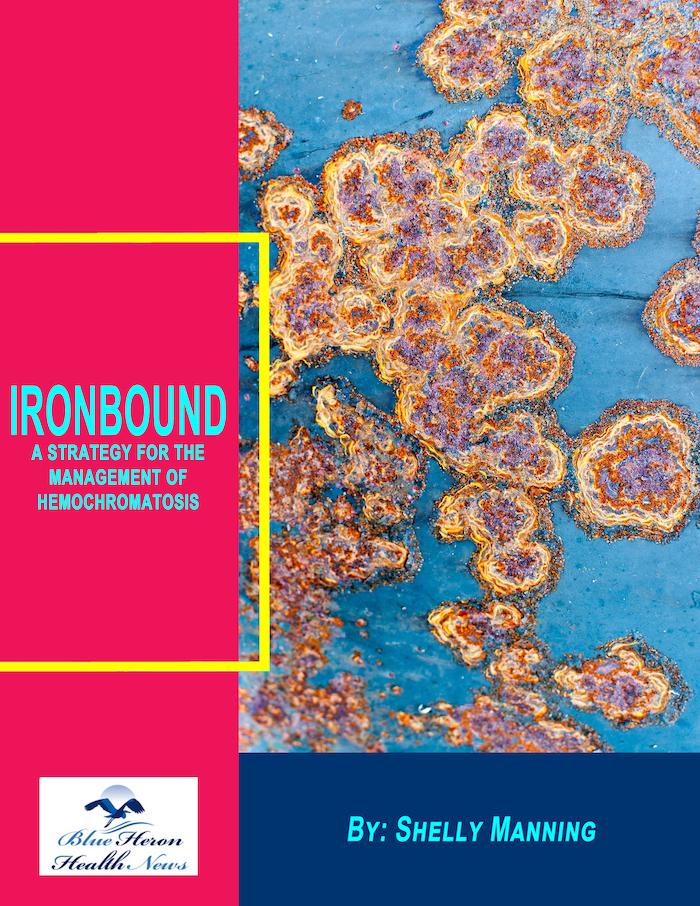Ironbound™ A Strategy For The Management Of Hemochromatosis By Shelly Manning if you are suffering from the problems caused by the health condition of HCT due to excess amount of iron in your body then instead of using harmful chemical-based drugs and medications you are recommended to follow the program offered in Ironbound Shelly Manning, an eBook. In this eBook, she has discussed 5 superfoods and other methods to help you in reducing the level of iron in your body in a natural manner. Many people are benefited from this program after following it consistently.
How does alcohol consumption affect cholesterol oxidation?
How Alcohol Consumption Affects Cholesterol Oxidation
Alcohol consumption has a complex relationship with cholesterol oxidation. While moderate intake of certain alcoholic beverages (e.g., red wine) may provide some cardiovascular benefits due to their antioxidant content, excessive alcohol consumption significantly increases oxidative stress, promotes the oxidation of low-density lipoprotein (LDL) cholesterol, and contributes to atherosclerosis.
1. Increased Oxidative Stress and LDL Oxidation
One of the primary ways alcohol affects cholesterol oxidation is by increasing oxidative stress, which accelerates the oxidation of LDL cholesterol.
- Ethanol Metabolism and Free Radical Production:
- The liver breaks down alcohol into acetaldehyde, a toxic byproduct that generates reactive oxygen species (ROS).
- These ROS attack LDL cholesterol, oxidizing it into oxidized LDL (oxLDL), which is a key driver of atherosclerosis.
- Lipid Peroxidation:
- ROS also trigger lipid peroxidation, a process that damages cell membranes and circulating lipids, further increasing oxLDL levels.
- Depletion of Antioxidant Defenses:
- Chronic alcohol consumption depletes antioxidants such as glutathione, vitamin C, and vitamin E, reducing the body’s ability to neutralize ROS and protect LDL from oxidation.
2. Impact on HDL and LDL Balance
Alcohol has mixed effects on lipid metabolism, influencing both LDL (bad cholesterol) and HDL (good cholesterol).
- Moderate Alcohol Consumption (Potential Benefit):
- Some studies suggest that moderate alcohol intake, especially red wine, can increase high-density lipoprotein (HDL), which helps remove LDL from the bloodstream.
- Red wine contains polyphenols (e.g., resveratrol), which have antioxidant properties that may counteract LDL oxidation.
- Excessive Alcohol Consumption (Harmful Effects):
- Raises Small, Dense LDL: Chronic alcohol intake increases small, dense LDL particles, which are more prone to oxidation than larger LDL particles.
- Reduces HDL Function: While moderate drinking may raise HDL, excessive alcohol consumption impairs HDL’s ability to remove oxLDL.
- Elevates Triglycerides: Alcohol promotes the production of triglycerides, which contribute to an unhealthy lipid profile and increase LDL oxidation.
3. Alcohol-Induced Liver Dysfunction and Cholesterol Oxidation
The liver plays a central role in lipid metabolism and alcohol detoxification. Chronic alcohol consumption damages liver function, worsening cholesterol oxidation.
- Fatty Liver Disease (Alcoholic and Non-Alcoholic):
- Alcohol contributes to fatty liver disease, which disrupts lipid processing and increases LDL oxidation.
- Impaired LDL Clearance:
- The liver’s ability to clear oxidized LDL is reduced, leading to a buildup of harmful cholesterol in the bloodstream.
4. Chronic Inflammation and Endothelial Dysfunction
Alcohol contributes to systemic inflammation and blood vessel damage, further increasing cholesterol oxidation.
- Increased Inflammatory Cytokines:
- Alcohol consumption elevates inflammatory molecules such as tumor necrosis factor-alpha (TNF-α) and interleukin-6 (IL-6), which promote LDL oxidation.
- Endothelial Dysfunction:
- Alcohol weakens the endothelial lining of blood vessels, making them more susceptible to oxLDL accumulation and atherosclerosis.
5. Effect of Different Types of Alcoholic Beverages
- Red Wine (Potentially Protective in Moderation):
- Contains polyphenols (e.g., resveratrol and flavonoids), which have antioxidant and anti-inflammatory properties that may counteract LDL oxidation.
- Beer and Liquor (Higher Risk in Excess):
- Higher in sugars and additives, which can increase triglycerides, insulin resistance, and LDL oxidation.
- Excessive Alcohol (Any Type):
- Regardless of the type, excessive alcohol intake promotes oxidative stress and worsens cholesterol oxidation.
Conclusion: Balancing Alcohol Consumption and Cholesterol Oxidation
- Moderate intake (e.g., red wine in small amounts) may provide antioxidants that reduce LDL oxidation.
- Excessive alcohol consumption significantly increases oxidative stress, triglycerides, inflammation, and oxLDL, raising cardiovascular risk.
- Liver health is critical; alcohol-induced liver damage worsens cholesterol oxidation and heart disease risk.
Recommendations:
- Limit alcohol intake: No more than one drink per day for women and two drinks per day for men.
- Choose antioxidant-rich options: If consuming alcohol, red wine may be a better choice than beer or hard liquor.
- Support liver function: Maintain a healthy diet with antioxidants (vitamin C, E), omega-3s, and hydration to counteract oxidative stress.
By moderating alcohol consumption and focusing on a heart-healthy diet, the risk of cholesterol oxidation and related cardiovascular diseases can be minimized.

Ironbound™ A Strategy For The Management Of Hemochromatosis By Shelly Manning if you are suffering from the problems caused by the health condition of HCT due to excess amount of iron in your body then instead of using harmful chemical-based drugs and medications you are recommended to follow the program offered in Ironbound Shelly Manning, an eBook. In this eBook, she has discussed 5 superfoods and other methods to help you in reducing the level of iron in your body in a natural manner. Many people are benefited from this program after following it consistently.